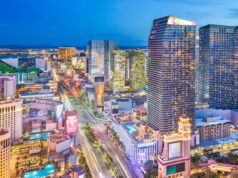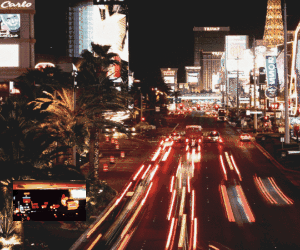Las Vegas, famously dubbed “Sin City,” has a rich and colorful history that mirrors its transformation from a desert oasis to a global entertainment capital:
Early Beginnings: Founded in 1905, Las Vegas started as a railroad town that serviced the Union Pacific Railroad. Its name, Spanish for “The Meadows,” reflected the lush oasis it offered in an otherwise arid landscape.
Gambling and Entertainment Boom: In 1931, Nevada legalized gambling, setting the stage for Las Vegas to become a hub for casinos and entertainment. The construction of the Hoover Dam in the 1930s brought a surge of workers and revenue, fueling the city’s growth.
Mob Influence: During the mid-20th century, Las Vegas gained notoriety for its ties to organized crime, which played a significant role in the development of the city’s casinos and nightlife. This era saw the rise of iconic hotels and casinos like the Flamingo, Sands, and Riviera, attracting celebrities and visitors seeking luxury and excitement.
Entertainment Capital: By the 1960s and 1970s, Las Vegas evolved into an entertainment mecca, hosting legendary performers like Elvis Presley, Frank Sinatra, and Liberace. The city’s showrooms and venues became synonymous with glamour and spectacle.
Modern Era: In recent decades, Las Vegas has diversified its attractions beyond gambling, expanding into family-friendly resorts, world-class dining, and extravagant shopping experiences. The city continues to evolve while maintaining its reputation as a premier destination for entertainment and luxury.












